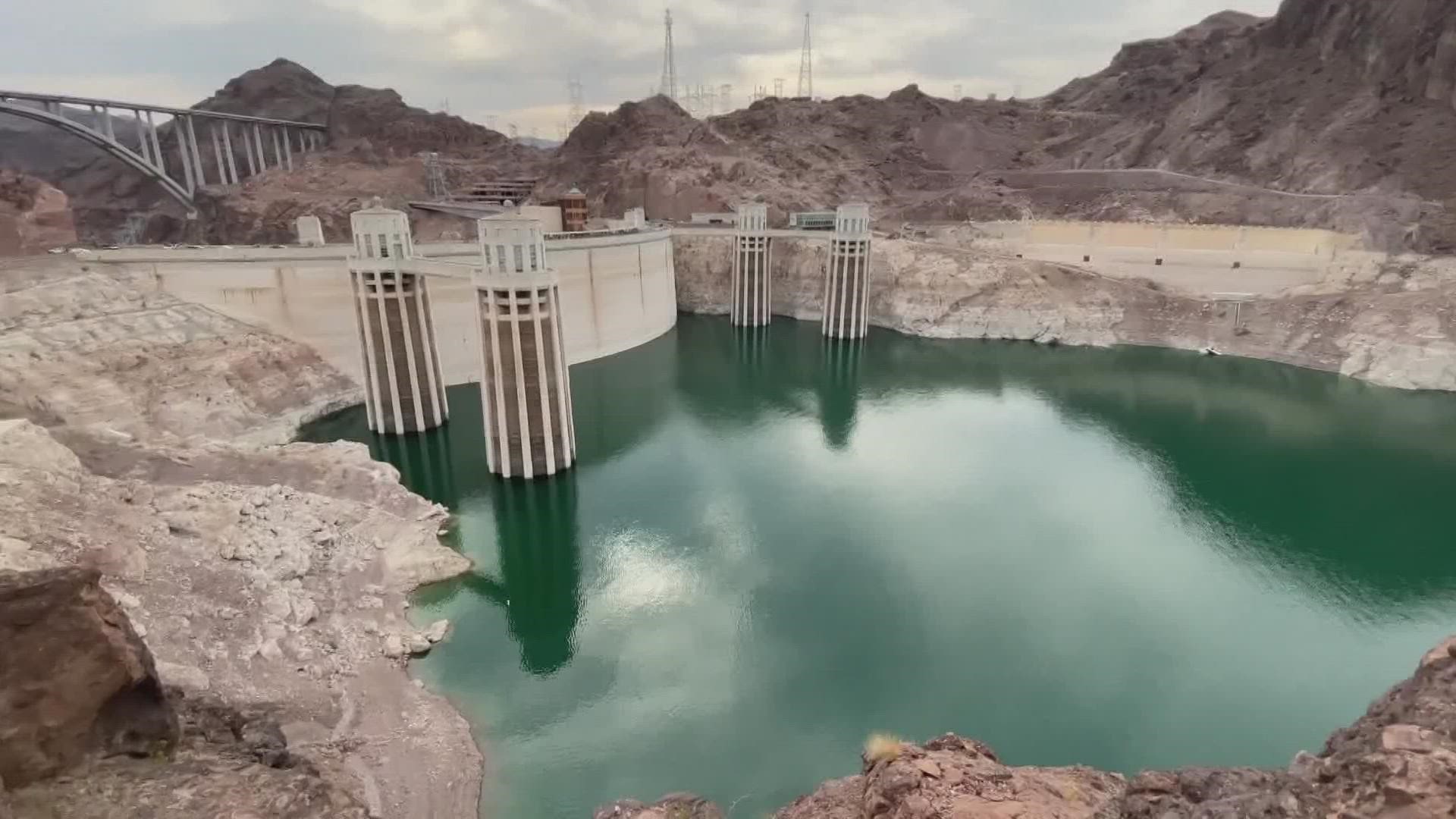ALBUQUERQUE, N.M. — A U.S. judge serving as special master in the legal battle over management of the Rio Grande, one of North America’s longest rivers, has cleared the way for a proposed settlement to be made public.
The federal government had sought to keep details of the agreement reached by Texas, New Mexico and Colorado sealed, but the judge rejected that request. Under an order issued Friday, the proposal and associated briefs and exhibits will be made public next week as the states and federal attorneys prepare for an upcoming hearing on the merits of the proposal.
>The video above is a prior report about drought conditions in the west
The case has been pending before the U.S. Supreme Court for nearly a decade, and the stakes are escalating as much of the West grapples with persistent drought.
The states in October announced they had brokered a deal following months of negotiations. New Mexico's attorney general at the time cited extreme drought and erratic climate events, saying it was imperative that the states work together to protect the river.
Attorneys with the U.S. Department of Justice and irrigation districts that serve farmers downstream of Elephant Butte reservoir, however, argued that the proposal would not be a workable solution.
The river, which flows from the mountains in southern Colorado to Mexico, is managed through a system of federal dams and canals under provisions of a decades-old water-sharing agreement.
Texas has argued that groundwater pumping in southern New Mexico has reduced river flows, limiting how much water makes it across the border. New Mexico maintains that it has been shorted on its share of the river. Colorado also has rights to the river.
The battle over the Rio Grande has become a multimillion-dollar case in a region where water supplies are dwindling due to increased demand along with drought and warmer temperatures brought on by climate change.
Some of the river’s stretches in New Mexico marked record low flows in 2022, resulting in some farmers voluntarily fallowing fields to help the state meet downstream water-sharing obligations.
Judge Michael Melloy noted in his order that teams of negotiators that included engineers, hydrologists and others had worked collaboratively throughout much of 2022 to develop formulas, limits and potential remedial steps as possible paths to settling the litigation.
Justice Department attorneys sought to keep the information sealed, saying making it public would violate a confidentiality agreement. But the order noted all parties had conceded that the underlying data used to derive the formulas and deviation limits were publicly available and part of the water management toolbox commonly in use throughout the country.
“Here there is simply no colorable claim of ownership over the broad ideas, public data, and common techniques expressed in the decree,” Melloy wrote.
He said it wasn't possible to look at the proposed agreement and know what the federal government was or was not willing to admit, forgo or compromise in an effort to settle the claims.
Melloy has scheduled a hearing in early February on the merits of the proposed decree.
SUGGESTED VIDEOS: Colorado Climate

